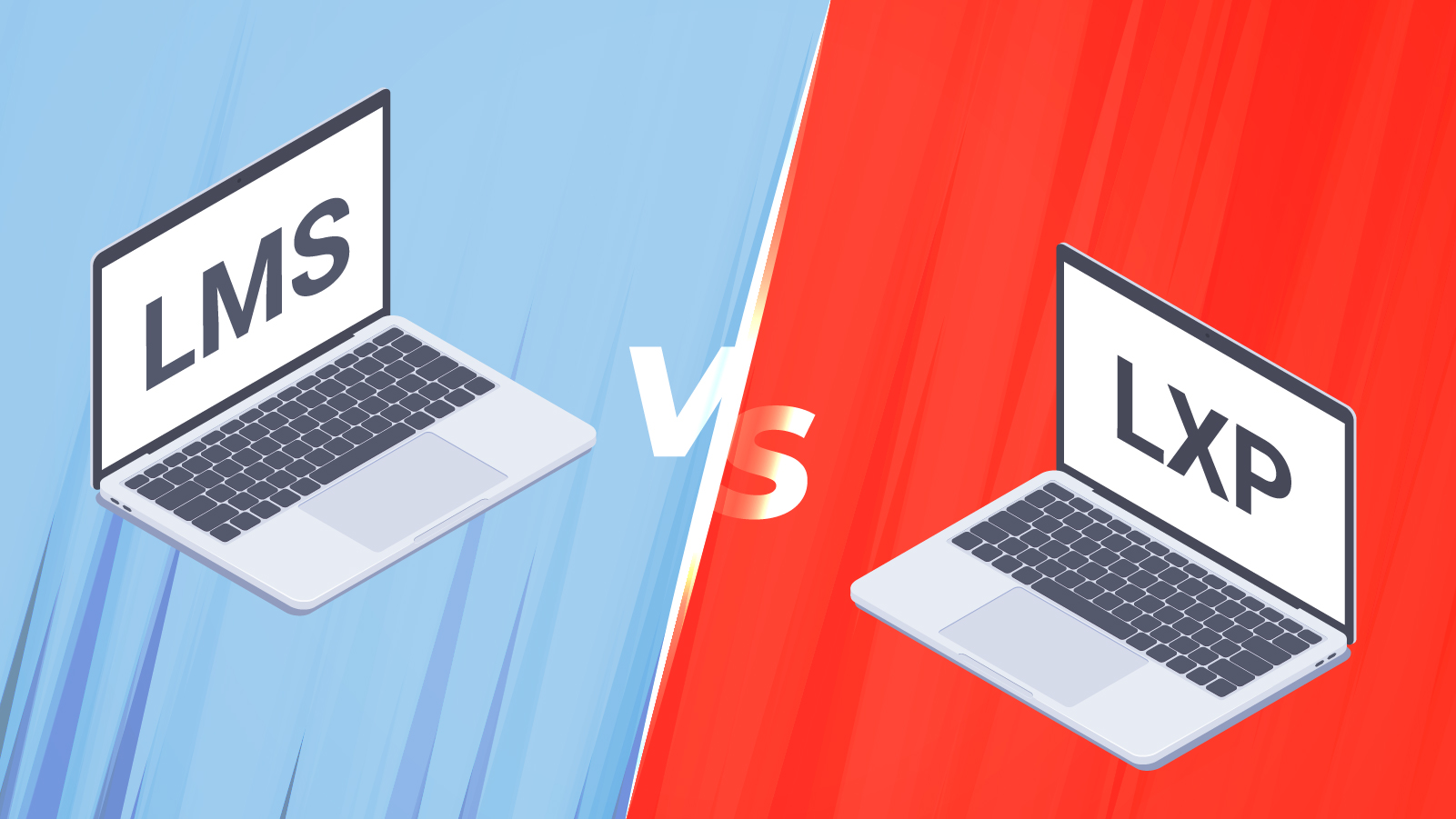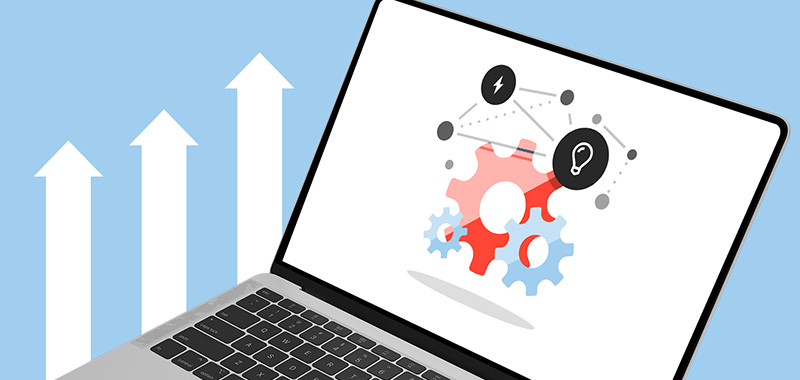
Learning Platforms
What is what?
LMS vs LXP - What's the Difference?
If you are weighing up the pros and cons of an LMS vs LXP or even an integrated solution in a Learning Suite, here we offer an introduction to these concepts.
So what’s the difference between a learning management system (LMS) and a Learning Experience Platform (LXP)? It’s all about push vs pull.

What is an LMS?
An LMS is a tool for Learning and Development (L&D) managers, and often HR teams, to roll out training and make it available via desktop or mobile devices. It can enable anytime, anywhere learning if learners can access e-learning content online.
The LMS is most commonly used for employee onboarding and compliance training, getting new hires up to speed with health and safety, company procedures, product knowledge, and ongoing training that will support the organisation towards its goals.
Because this is very much top-down, it’s the Push side of training and is often mandatory as dictated by the company and managers, and perhaps also by law or industry regulators.
The benefits of an LMS include:
- The ability of L&D and HR to roll out training content quickly at scale - even to a global workforce
- A low cost way to update existing training materials when products, services or legislation change
- The ability to demonstrate completion of mandatory training, assisting regulatory compliance
- Learner analytics, which will help to identify individuals or groups need additional support.

What is an LXP?
The LXP is a relatively new concept that puts the focus on the learner and their wants in terms of education and training. It enables the exploration of optional learning content away from anything related to mandatory training.
The LXP takes into account the fact that different people have different personal and professional goals, with some people actively seeking out new learning opportunities beyond those specified as being essential by the employer.
AI and recommendation engines might be used to suggest e-learning content that might be of interest to each individual based on their current role and potential career path and / or their previous learning behaviour. This is similar to how Netflix will suggest TV shows or movies to watch next based on previous viewing behaviours.
Suggested content could be within the LXP itself or hosted externally, such as YouTube videos.
As the employee is in control of the pace and content of their learning, it is bottom-up and is the Pull side of training - suggested and encouraged, but never mandated.
The benefits of an LXP include:
- Making the employee feel valued and supported as an individual, creating a positive learner experience
- Creating a way for highly motivated employees to better their knowledge and skills, which in turn can benefit the company because talent can flourish
- Increased employee retention - the LinkedIn Workforce Learning Report of 2022 showed that with better internal mobility support, companies see an average tenure of 5.4 years - nearly double the 2.9 years found at companies that struggle with it
- Support for the broader digital learning transformation journey - as learner-initiated training will be more enjoyable, it helps the entire organisation become more engaged with e-learning as the primary way of enhancing knowledge and skills. This not only creates a culture of learning, but can add rocket fuel to the long-term digital transformation programme.

LMS, LXP or Learning Suite?
So with so many important attributes within both the LMS and LXP, do you need both? Many organisations do successfully manage two systems with some integration with HR and people management tools, but this can lead to some inefficiency and additional administration time.
The easier and more efficient way to leverage the benefits of an LMS and LXP is to have a single, integrated solution in a Learning Suite.
This modern solution allows L&D and HR teams to collaborate without duplication of effort and administration time, and allows the learner to seamlessly progress from mandatory training to optional learning for personal and professional development.
If you’re looking to create a culture of learning within your organisation to increase employee satisfaction and improve performance, as well as potentially accelerating digital transformation, a Learning Suite is certainly the way to go.
The imc Learning Suite is a modern platform based on decades of experience supporting training at some of the world’s best known brands. It’s highly customisable and brandable, and supports every type of training, from Compliance to AI-supported, Personalised Learning paths.
Because it easily integrates with existing people management and business software, it can slot in with existing technologies - minimising additional admin time to start leveraging its benefits.

RELATED CONTENT

The Dawn of Integrated Platforms
Setting up an entire learning ecosystem through the structure, connection via API & Artificial Intelligence are some considerations when integrating an LMS & LXP.

Headless LMS - definitely not brainless
A headless LMS makes data maintenance significantly easier while also facilitating greater flexibility and customisation, especially within a learning ecosystem comprising several systems in communication with each other.
